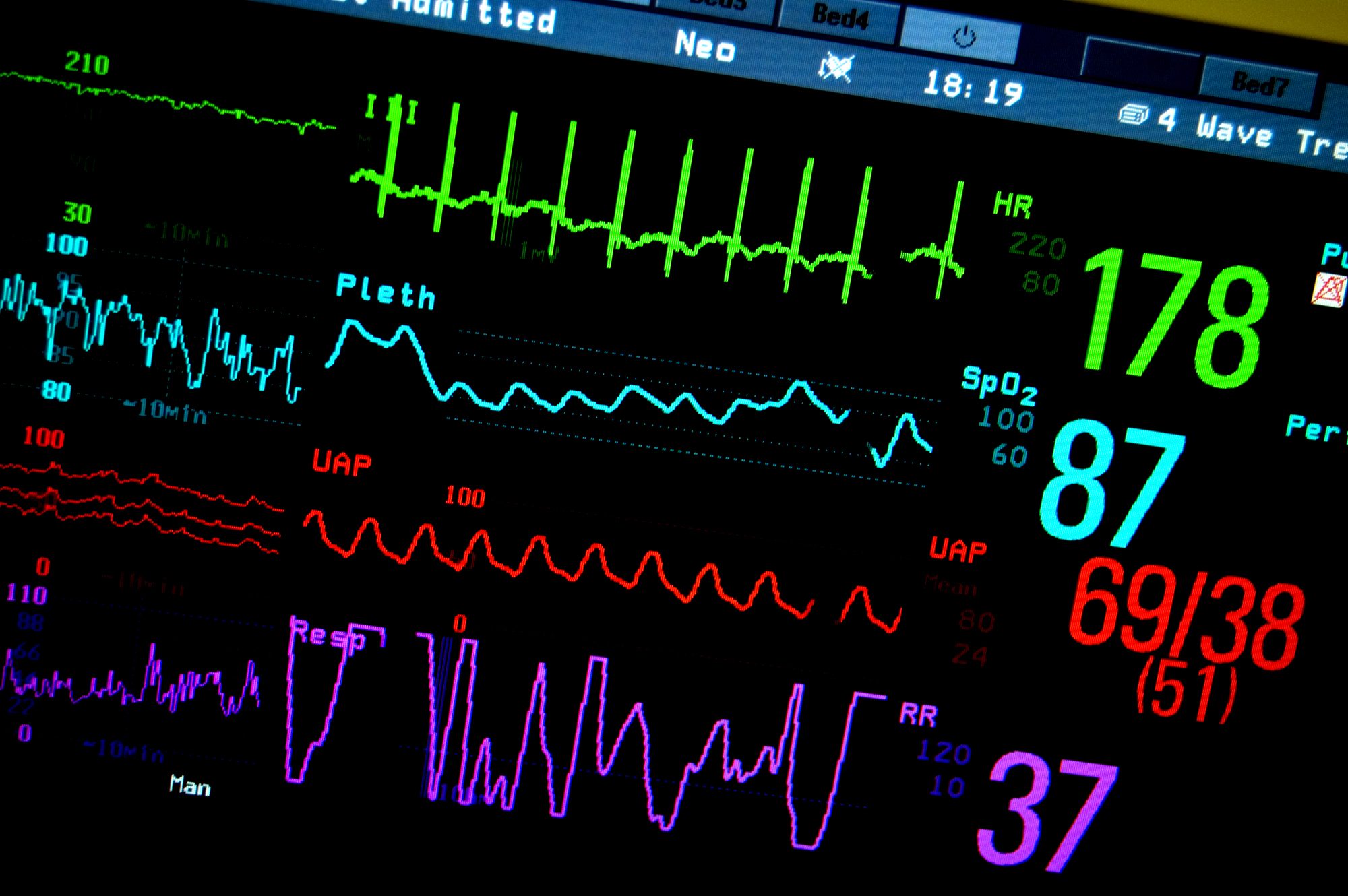
THURSDAY, Feb. 2 (HealthDay News) — The amount of sunlight you are exposed to might play a part in determining your stroke risk, new research suggests.
“We hear a lot about how sun may be bad for us, in terms of skin cancer for example,” noted study co-author Leslie McClure, an associate professor of biostatistics at the University of Alabama at Birmingham. “But this examination of sunlight exposure indicates that there may be some positive results related to being in the sun.”
“The bottom line,” said McClure, “is that sunlight may be both a friend and a foe with respect to health.”
McClure and her colleagues are slated to present their findings Tuesday at an American Stroke Association meeting in New Orleans.
To explore the possible connection between sun and stroke, the authors analyzed data collected from an ongoing study that includes more than 30,000 black and white men and women over the age of 45.
The team focused on roughly 16,500 of those participants, none of whom had a history of stroke or heart disease at the time they enrolled in the study, between 2003 and 2007. All had undergone physical exams, and all had completed questionnaires regarding their medical history and places they had lived in the past.
Over an average follow-up of five years, 351 of the 16,500 experienced a stroke. McClure’s team stacked stroke incidence numbers up against satellite and ground information concerning geographical monthly sunlight patterns going back as much as 15 years.
The result: Those in the bottom half of the sun exposure range faced a 1.6 times greater risk for experiencing a stroke than those in the top half.
In addition, the team found evidence that those living in colder climes also showed a higher risk for stroke.
“We still don’t know what exactly the sunlight and stroke relationship is due to,” cautioned McClure. “There are a lot of hypotheses. But, we really don’t yet understand the mechanism behind it.”
For just that reason, Dr. Larry B. Goldstein, director of the Duke Stroke Center in Durham, N.C., stressed that more work needs to be done to nail down the exact nature of the sunlight-stroke relationship.
“The findings don’t surprise me, but it’s important to know that this is a study of association,” he said, “and association doesn’t prove causality. The fact that here low sun exposure — and presumably low sun exposure areas will also have low levels of vitamin D — has been associated with a higher risk for stroke could potentially be explanatory.”
“But in fact the authors are very careful to say that this is still an exploratory analysis,” Goldstein noted. “So, even if this association turns out to be real there may a wide variety of potential explanations for it. We’ll have to wait and see.”
Another study also being presented at the stroke meeting revealed that those consuming more dietary vitamin D have an 11 percent lower risk of experiencing a stroke.
Research presented at medical meetings should be considered preliminary until published in a peer-reviewed medical journal.
More information
For more on stroke risk, visit the National Stroke Association.

